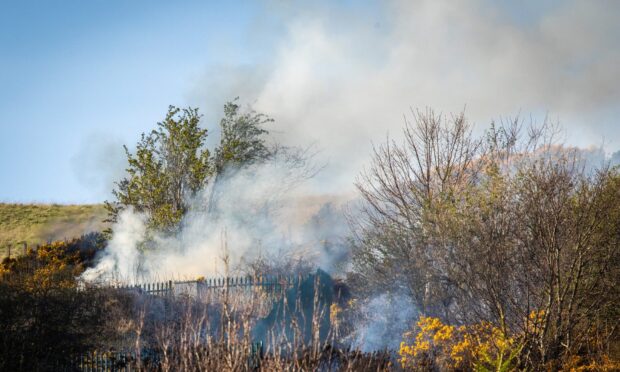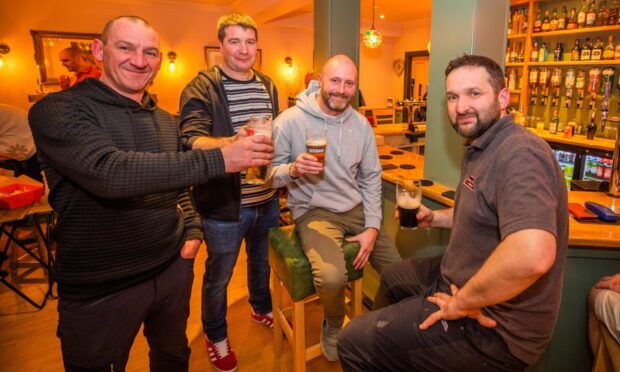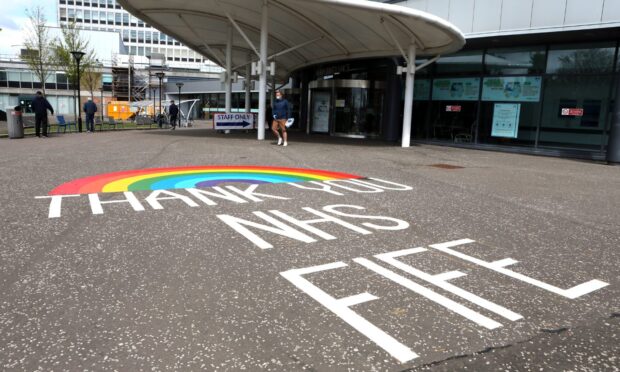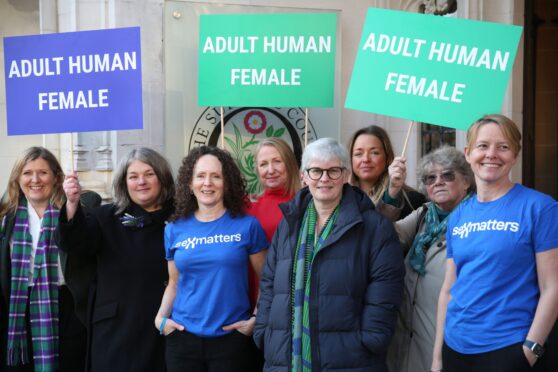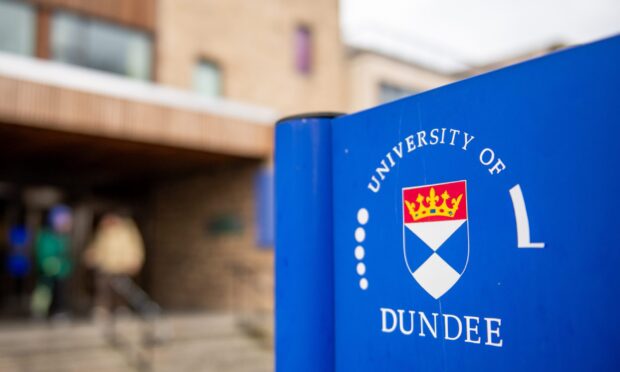With the 2021 Scottish parliamentary election fast approaching, we’ve put together a collection of data for you to explore to see the current situation and how past elections have gone.
Seats
Since the start of the Scottish Parliament, there has been a considerable swing in seats.
Our parliament uses an electoral system called the “Additional Member System” which means voters are given two votes – one for the constituency and one for the region.
The chart below shows how the seats have changed over time. Use the buttons to select between constituency seats, regional list seats and total seats.
Turnout
With the coronavirus pandemic still very much part of our lives, turnout may be very different to what we’re used to.
It could take a hit, or alternatively, it could see a surge due to an increase in postal voting registration, as seen in the recent US elections.
The chart below shows how the turnout has changed over time since 1999. You can use the dropdown to select more localised data for your region.
Data explorer
We’ve created a powerful data explorer so that you can create your own charts.
It combines electoral data with demographic data, labour market data and data on deprivation.
Use the category and filter dropdowns to create your own scatter chart based on the data you find most important.
Hover over the bubbles in the chart for more information on each constituency.
This data has been sourced and combined from numerous sources including the Electoral Commission, the National Records of Scotland, the Office for National Statistics, and the Scottish Government.
In order to democratise this data we’ve chosen to make it fully accessible. You can find the full dataset here.
If there is any other data you feel should be added to the data explorer get in touch by emailing lkelly@dctmedia.co.uk

